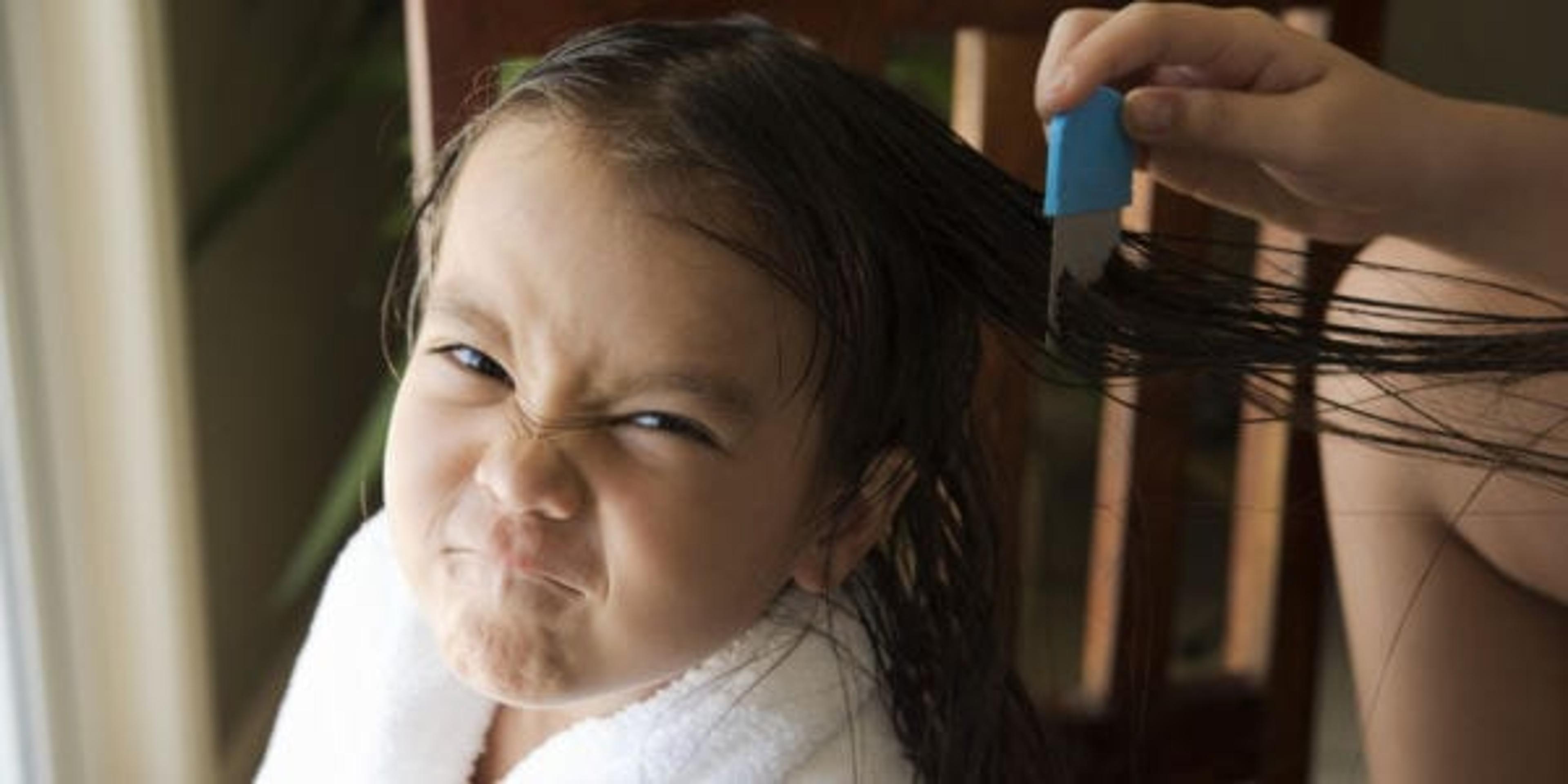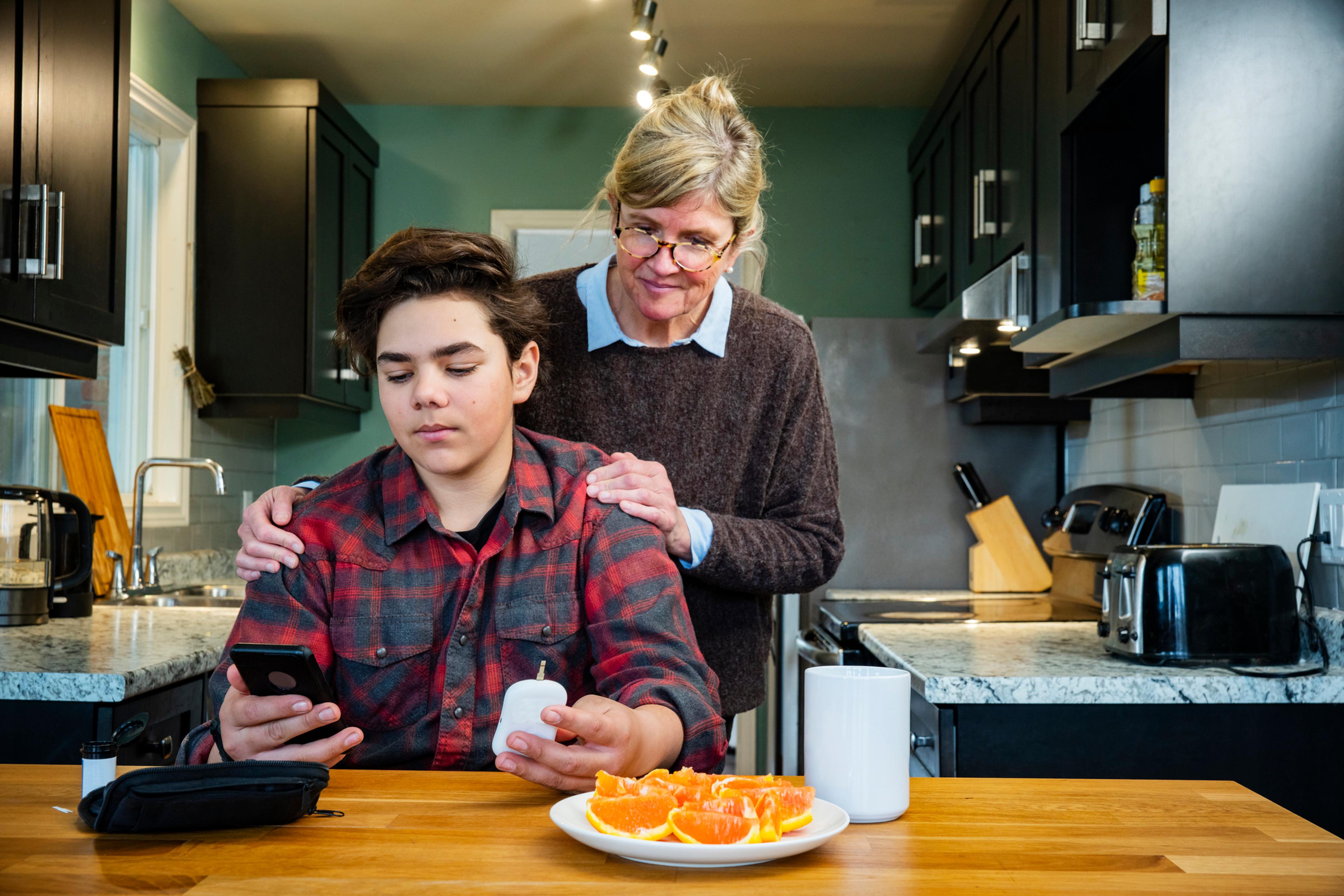Head Lice: What You Need to Know

Susanne Antosh
| 4 min read

Just one mention of the blood-sucking, crawling, little parasites known as head lice can make your skin crawl. But, dealing with an infestation is much worse. Take steps to prevent, identify and control head lice infestations, especially if you have children from three to 11 years of age.
Head lice are most common among children in preschool, elementary school children, and household members of children who have head lice. The Centers for Disease Control and Prevention estimates 6 million to 12 million infestations occur each year in the United States.
Infestations can happen anytime, but tend to peak during back-to-school times in the fall and January after winter break.
Transmission and prevention
Head lice spreads by direct, head-to-head (or hair-to-hair) contact with someone who already has head lice. Since young children contact each other often this way when at play, school, camps, sporting events or slumber parties, it’s not possible to prevent all infestations. However, parents can teach children preventive habits, be aware of the symptoms and know how to act to control head lice if they come home.
Teach children to avoid:
• Putting their head or hair on another person’s head
• Sharing clothing or accessories, such as hats, scarves, coats, sports uniforms, hair ribbons or barrettes
• Sharing combs, brushes or towels
• Sharing clothing or accessories, such as hats, scarves, coats, sports uniforms, hair ribbons or barrettes
• Sharing combs, brushes or towels
How to identify head lice
An itchy scalp with a crawly sensation and a lot of scratching is the most common indicator of head lice. To verify that the itching is lice (and not eczema or some other condition):
An itchy scalp with a crawly sensation and a lot of scratching is the most common indicator of head lice. To verify that the itching is lice (and not eczema or some other condition):
1) Place the affected person in a chair under a bright light.
2) Wet his or her hair (to make it easier to see the scalp and prevent any potential lice from moving around).
3) With a fine-tooth comb or a lice comb, part the hair and closely look through it section by section.
2) Wet his or her hair (to make it easier to see the scalp and prevent any potential lice from moving around).
3) With a fine-tooth comb or a lice comb, part the hair and closely look through it section by section.
Look for brown “seeds” attached about ¼ inch from the base of hairs. Those are eggs or nits. Nits are usually behind the ears and the back of the neck. If you see clear shells, they’re hatched eggs. Adult lice look like light brown “sesame seeds” and quickly move around in the hair, on skin or clothing.
In case of an infestation:
• Buy a lice treatment kit from your drug or grocery store — you don’t need a prescription.
• Treat infested children and their environments promptly to minimize the spread to others.
• Check close family and friends for head lice every day, for 10 to 15 days.
• Don’t lay on beds, couches, pillows, carpets or stuffed animals that have recently been in contact with an infested person.
• Delouse combs and brushes by soaking them in hot water (at least 130°F) for five to 10 minutes.
• Machine wash and dry all clothing, bed linens and other items that an infested person wore or used two days before diagnosis, using the hot water (130°F) laundry cycle and the high heat drying cycle for at least 20 minutes.
• Dry clean clothing and items that aren’t washable or seal them in a plastic bag for two weeks
• Vacuum the floor and furniture, particularly where an infested person sat or lay.
• Buy a lice treatment kit from your drug or grocery store — you don’t need a prescription.
• Treat infested children and their environments promptly to minimize the spread to others.
• Check close family and friends for head lice every day, for 10 to 15 days.
• Don’t lay on beds, couches, pillows, carpets or stuffed animals that have recently been in contact with an infested person.
• Delouse combs and brushes by soaking them in hot water (at least 130°F) for five to 10 minutes.
• Machine wash and dry all clothing, bed linens and other items that an infested person wore or used two days before diagnosis, using the hot water (130°F) laundry cycle and the high heat drying cycle for at least 20 minutes.
• Dry clean clothing and items that aren’t washable or seal them in a plastic bag for two weeks
• Vacuum the floor and furniture, particularly where an infested person sat or lay.
For more detailed information, refer to the American Academy of Dermatology Association at-home treatment instructions.
Don’t:
• Treat anyone who doesn’t have head lice.
• Use fumigant sprays or fogs; they’re not necessary to control head lice and can be toxic if inhaled or absorbed through the skin.
• Throw away all clothes and bed linens the infested person wore.
• Worry about your pets; they don’t transmit lice (lice only feed on humans).
• Treat anyone who doesn’t have head lice.
• Use fumigant sprays or fogs; they’re not necessary to control head lice and can be toxic if inhaled or absorbed through the skin.
• Throw away all clothes and bed linens the infested person wore.
• Worry about your pets; they don’t transmit lice (lice only feed on humans).
If you’ve followed at-home treatments and continue to be re-infested, you could have a case of “super” lice — bugs that have grown resistant to conventional treatment. Discuss your options with your doctor. He or she could prescribe a stronger medication than the over-the-counter remedy you’ve used. Or, you can ask for a referral to a specialist who can dry out lice and nit eggs with hot air treatments. (Please, don’t try this at home with your blow dryer.)
Has your household ever battled lice? How did you overcome the infestation? Share with us in the comments.
Additional sources: Scientific American and American Pediatric Association.
Want more parenting tips? Read these:
Photo credit: YSach





